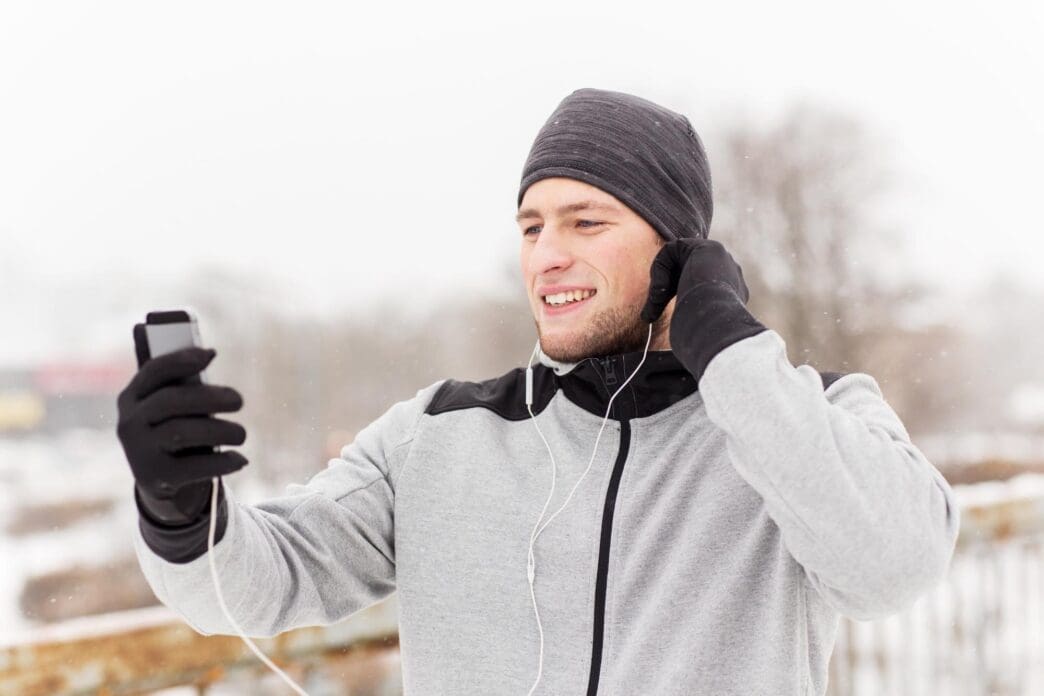A Quick Takeaway
The Story Behind the Trend
How to Make It Work for You
The Community View
Exercising safely when temperatures plummet requires a strategic approach to preparation, attire, and awareness to mitigate risks such as hypothermia, frostbite, and injuries. Anyone planning to engage in outdoor physical activity during cold weather—from a brisk walk to an intense run—must prioritize safety by understanding the unique challenges the cold presents. This guide provides essential information on how to prepare and execute your workouts effectively and safely when the mercury drops, ensuring your fitness routine remains beneficial without compromising your health.
Understanding the Risks of Cold Weather Exercise
Cold weather introduces several physiological challenges that can impact your body’s ability to perform and recover. Being aware of these risks is the first step toward safe outdoor exercise.
Hypothermia
Hypothermia occurs when your body loses heat faster than it can produce it, leading to a dangerously low core body temperature. Symptoms can include shivering, confusion, slurred speech, and loss of coordination. It is a serious medical emergency that can be life-threatening if not addressed promptly.
Frostbite
Frostbite is an injury caused by freezing of the skin and underlying tissues, most commonly affecting exposed areas like fingers, toes, nose, and ears. It can lead to permanent damage and, in severe cases, amputation. Early signs include numbness, tingling, and skin that appears waxy or discolored.
Cold-Induced Bronchospasm
For individuals with asthma or sensitive airways, inhaling cold, dry air can trigger bronchospasm, leading to coughing, wheezing, and shortness of breath. This condition can make breathing difficult and impact exercise performance.
Slips and Falls
Icy patches, snow, and wet surfaces significantly increase the risk of slips and falls, which can result in sprains, fractures, or more severe injuries. Proper footwear and awareness of your surroundings are crucial for preventing these accidents.
Layering for Success: The Key to Cold Weather Comfort
The most effective strategy for regulating body temperature in the cold is dressing in layers. This allows you to add or remove clothing as your body temperature changes during your workout.
Base Layer
The base layer, worn directly against your skin, should be made of moisture-wicking synthetic materials like polyester or polypropylene. Its primary function is to draw sweat away from your body, keeping you dry and preventing chills. Avoid cotton, as it absorbs moisture and stays wet, cooling your body rapidly.
Middle Layer
The middle layer provides insulation, trapping warm air close to your body. Fleece, wool, or down are excellent choices for this layer. The thickness of this layer should be adjusted based on the temperature and your activity level.
Outer Layer
The outer layer, or shell, protects you from wind, rain, and snow. It should be breathable to allow moisture vapor to escape, preventing you from becoming clammy. Look for materials that are water-resistant or waterproof and windproof.
Extremities and Head Protection
Up to 50% of body heat can be lost through your head, so a hat is essential. Gloves or mittens protect your hands, and warm, moisture-wicking socks are crucial for your feet. Consider a balaclava or neck gaiter for added face and neck protection in extreme cold.
Essential Pre-Exercise Preparations
Before stepping out into the cold, a few critical steps can significantly enhance your safety and comfort.
Warm-Up Thoroughly
A dynamic warm-up is even more important in cold weather. Spend 10-15 minutes performing light cardio and dynamic stretches indoors to increase blood flow to your muscles and raise your core body temperature. This helps prevent muscle strains and prepares your cardiovascular system for the cold.
Hydration is Crucial
Even though you may not feel as thirsty, you still lose fluids through sweat and respiration in cold weather. Drink water before, during, and after your workout. Dehydration can impair your body’s ability to regulate temperature.
Check Weather Conditions
Always check the temperature, wind chill, and precipitation forecast before heading out. Wind chill can make the effective temperature feel significantly colder, increasing the risk of frostbite and hypothermia. Adjust your plans or clothing accordingly.
Tell Someone Your Plans
Inform a friend or family member about your route and estimated return time, especially if you are exercising in a remote area. Carrying a fully charged phone is also a wise precaution.
During Your Cold Weather Workout
Once you begin your activity, continue to monitor your body and surroundings.
Listen to Your Body
Pay close attention to any signs of discomfort, numbness, or extreme cold. If you start shivering uncontrollably, feel disoriented, or experience severe pain, stop immediately and seek warmth. Pushing through these symptoms can be dangerous.
Stay Dry
Moisture is your enemy in cold weather. If your clothes become saturated with sweat or precipitation, change into dry layers as soon as possible. Wet clothing rapidly pulls heat away from your body.
Adjust Intensity
It may be necessary to reduce the intensity or duration of your workout in extremely cold or windy conditions. Your body expends more energy to stay warm, so you might tire more quickly. Prioritize safety over performance.
Post-Workout Care
The moments immediately following your cold weather workout are just as important as the preparation.
Change Clothes Immediately
As soon as you finish exercising, remove any damp or sweaty clothes and put on dry, warm garments. This is crucial to prevent your body temperature from dropping too quickly.
Rehydrate and Refuel
Continue to rehydrate with warm fluids like tea or broth, and refuel your body with a balanced snack or meal. This aids in recovery and helps restore your core body temperature.
When to Stay Indoors
Sometimes, the safest and smartest decision is to move your workout indoors. If temperatures drop below -15°F (-26°C), or if there is a severe wind chill advisory, heavy snow, or freezing rain, it is generally recommended to opt for indoor exercise. Your health and safety should always take precedence over an outdoor workout.







